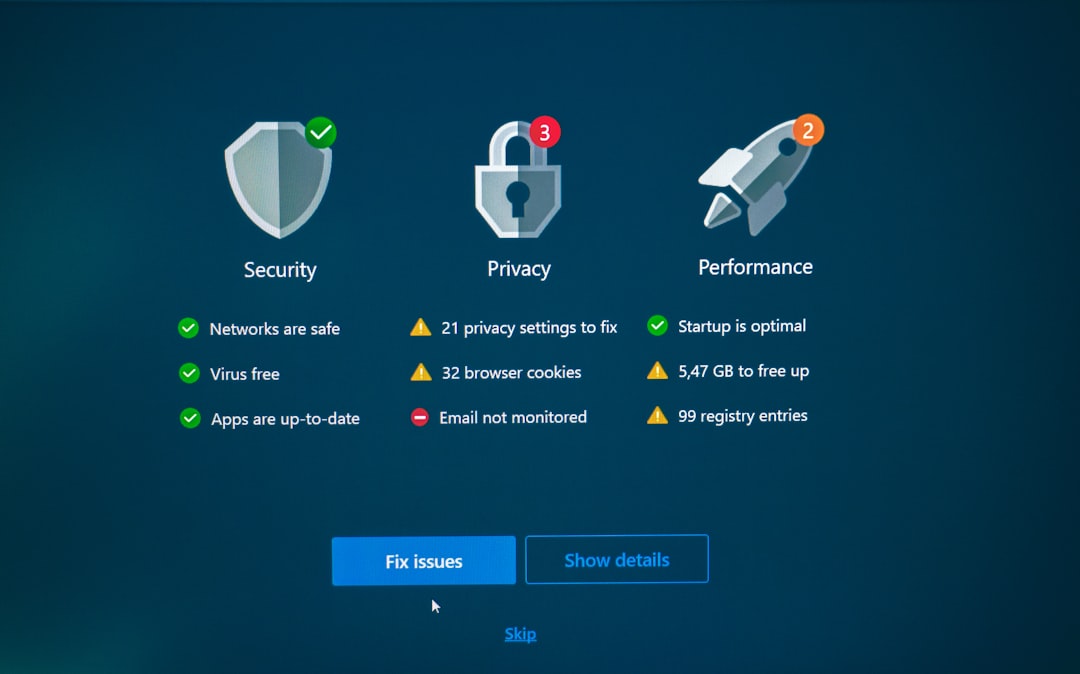The New App Store: Browser-Installable PWAs
The way people discover, install, and interact with applications is undergoing a quiet yet monumental shift. As mobile platforms have matured, users have grown comfortable with the notion of app stores—centralized hubs like Apple’s App Store and Google Play Store where they find and install software. Yet, there’s a new paradigm emerging, one that’s reshaping how developers reach users and how users use applications: Progressive Web Apps (PWAs), seamlessly installable directly via web browsers.
The Rise of Progressive Web Apps
Table of Contents
Progressive Web Apps blend the best of both web and native apps. Built using standard web technologies—HTML, CSS, and JavaScript—they can behave like traditional apps, with offline capabilities, push notifications, and home screen icons. When implemented well, a PWA is virtually indistinguishable from a native application.
This hybrid model has opened the door to a decentralized app distribution model, fundamentally changing how software is shared and adopted. Instead of relying on proprietary app stores, developers can now distribute their applications directly through the web, allowing users to install them with a single tap in their browser.

What Makes PWAs So Appealing?
PWAs offer a number of advantages for both end-users and developers. Some of the most significant include:
- No Need for Traditional App Stores: Users can install PWAs directly from their browser, circumventing the need to go through Apple or Google’s review process.
- Smaller File Sizes: Typically, PWAs are lighter than native apps, meaning faster load times and lower data usage.
- Automatic Updates: PWAs update in the background, just like web pages. Users always access the most recent version without needing to download updates manually.
- Cross-Platform Compatibility: Because they’re built with web technologies, PWAs run across devices and platforms seamlessly with minimal extra engineering.
This new model also ensures inclusivity. In areas with limited internet connectivity or where high-end smartphones are a luxury, PWAs offer a lightweight, usable alternative that’s often faster and less taxing on system resources.
Browser-Installable Apps: A Shift in Consumer Behavior
The concept of installing a full-featured app via a website rather than a platform-controlled store is revolutionary in itself. Users are increasingly being educated to expect an “Install App” prompt when visiting certain web services. Major platforms like Twitter, Pinterest, and Spotify already offer PWA versions of their services that work flawlessly from within a browser.
More importantly, modern browsers have introduced native support for PWA installations. When users visit a site that meets PWA criteria, they’re usually prompted to install the app directly from the browser toolbar—no third-party downloads, no redirects, and no unnecessary steps.

This streamlines adoption in a way traditional app stores can’t always achieve. With web-first SEO strategies, developers can also take advantage of discoverability on the open web, something app stores often inhibit through ranking algorithms and store-specific search limitations.
Security and Trust: Are Browser-Installable Apps Safe?
Security is a crucial component of any app ecosystem, and PWAs are no exception. Fortunately, the very foundation of PWAs is rooted in secure browsing environments. All installable PWAs are required to be served over HTTPS, ensuring that communications between the server and device are encrypted. Furthermore:
- Browsers actively sandbox PWAs: Limiting their access to system-level functions, reducing the risk posed by malicious code.
- Permission handling is user-driven: Access to features like the camera, notifications, and geolocation must be explicitly granted by the user.
- Transparent origin visibility: Users can clearly see the domain a PWA is tied to, improving trust and reducing phishing-related risks.
These built-in safety precautions significantly reduce the potential for abuse, especially when compared to sideloaded APKs, which can often bypass mobile OS security layers entirely.
Impact on Developers: Breaking Free From the Gatekeepers
Historically, many developers have felt constrained by the policies and fees imposed by centralized app stores. Apple’s App Store takes a 30% revenue cut, with few viable alternatives for iOS distribution due to Apple’s walled ecosystem. Meanwhile, developers are often subject to opaque review criteria, delays, or outright rejections.
PWAs provide a viable escape from those constraints. Because distribution is handled through the web, developers retain more control over their application’s lifecycle, user experience, and monetization strategies. This opens the door to:
- Faster deployment cycles—updates can be released instantly without waiting for approvals.
- Greater revenue flexibility—developers can keep 100% of sales if monetized through direct payment models.
- A universal experience—no need to maintain separate codebases for iOS, Android, and web, drastically reducing development and maintenance overhead.
Additionally, as more frameworks and tools arise to support PWAs—such as Google’s Workbox or Microsoft’s PWA Builder—the technical barrier to entry continues to lower, enabling more small and mid-sized development teams to embrace the model.
Challenges Ahead
Despite the exciting opportunities, the adoption of browser-installable PWAs isn’t without obstacles. Notably:
- iOS Restrictions: While Apple does support some PWA functionality within Safari, iOS imposes tighter limitations compared to Android. Background sync, push notifications, and installation prompts are not fully supported, hindering the full realization of PWA benefits on iPhones and iPads.
- Lack of User Awareness: Many users still aren’t familiar with the concept of browser-installable apps. Without the storefront experience, discovery largely depends on search engine optimization and marketing strategies.
- Differentiation Challenges: Because PWAs share the same UI layer as websites, users may not always recognize they are using an app, influencing engagement and user retention metrics.
However, as developers and browser vendors continue to address these issues—through UX refinements, educational campaigns, and expanded APIs—the viability of browser-based app ecosystems will only grow stronger.
The Future: A Decentralized App Ecosystem
The internet is inherently designed to be open and decentralized, and PWAs are a natural extension of this philosophy. In an age where control and gatekeeping by large tech platforms raise concerns over censorship, privacy, and competition, browser-installable applications provide a counterbalance by empowering developers and giving users more choice.
In fact, major companies like Microsoft have begun listing PWAs in their app stores as first-class citizens, effectively treating them the same way as traditional Windows applications. Some PWAs are even capable of functioning as desktop apps through frameworks like Electron or via native system integrations from the browser itself.
With growing endorsements across tech giants, improved browser functionality, and increasing user awareness, the browser is becoming a new kind of app store—one that doesn’t require central permission, doesn’t take a cut, and doesn’t constrain creativity.
Conclusion
The emergence of browser-installable PWAs represents a significant transformation in the software landscape. While not without its hurdles, this shift empowers developers with control, users with convenience, and the entire industry with a renewed sense of flexibility. As more people embrace web-first application design and as browser capabilities continue to advance, it’s likely we’ll look back on this movement as the beginning of a new chapter in digital distribution.
In many ways, the open web is becoming the new app store—smarter, faster, and more accessible than ever before.







